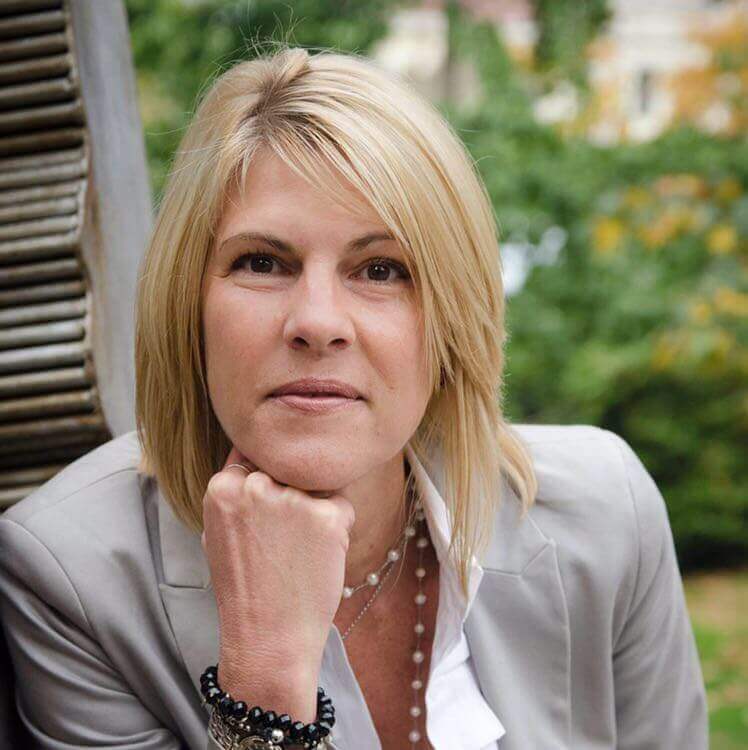


Bring to mind one of your most trusting relationships. A relationship with someone you can rely on, with whom you feel safe, and have confidence that they have your best interests at heart. There is mutual respect, consideration, and support for each other. Does this kind of relationship exist for you as a leader in your workplace?
Chief Executive Officers globally are concerned that a lack of trust is a threat to the growth of their companies. According to a 2022 survey, fifty-five percent (55%) of CEOs think that there is a lack of trust in their companies. Our communities, including the workplace, are experiencing a trust crisis these days, and it is vital not only to relationships but to getting work done, that we build trust whenever possible. How can we address this?
TaskHuman Coach Michelle Clarke says that one of the most critical responsibilities of leaders is to foster an environment of trust. “Everyone, and more so leaders, is responsible for creating and nurturing an environment of psychological safety in the workplace. A psychological safe zone is one that encourages learning and growth in the absence of fear. People can be authentic. They can speak up, take risks, make mistakes, and learn. It’s trust that enables this.
Stephen Covey, author of The 7 Habits of Highly Effective People, says organizations move at the speed of trust. What does that mean?
Imagine if workers did not trust that they would get paid for their labor. Imagine if one team didn’t trust another team, and thus checked all their work. These are stark examples where a lack of trust would slow down the pace of the business. A leader who doesn’t trust their team is probably going to be micromanaging, looking over everyone’s shoulders, stalling progress and irritating everyone. And if team members don’t trust each other, there’ll be backbiting, credit-grabbing, and more duplication of effort than there is positive, productive collaboration.
It is up to leaders to create and sustain the environment of trust so that work gets done as efficiently as possible. What can a leader do to build trust? Coach Michelle Clarke sums it up this way. “Regularly check-in on your intentions in your working relationships. Intention colors how we approach people and can determine how much trust they offer us in return. If you’re harboring thoughts like “This person is too young/old/educated” it will weaken the bond of trust. Rather, dial-up on curiosity and the opportunity for learning. Think instead; “I am deeply curious to learn what gifts and talents this person brings.” Extend trust as a way to earn it.”
Trust is built around three elements or pillars.
The first is at the relationship level. A leader can set the tone by dedicating time and energy to building relationships with peers and team members where trust is exhibited. The relationship needs to be a positive one, where feedback is given and received, where the leader demonstrates empathy and good listening skills.
The second pillar to build leader trust, and thereby build organizational trust, is for the leader to demonstrate their expertise and judgment. At the heart of the definition of trust is the notion that others feel safe and have confidence in those on whom they depend for their livelihood. People respond to leaders who demonstrate by anticipation, action, and decisions that they know the team’s work, and are supportive of the team. It helps that others – peers or customers for example, seek this leader’s advice as well.
Trust also depends on showing consistency. A leader can demonstrate consistency, the third element of trust, by following through on commitments, and modeling the behaviors that build trust. To visualize this, imagine a situation where trust is lost. What factors destroy trust? Promises are broken, lies are spoken, others are blamed. As the saying goes, trust is built brick by brick over time, but can be lost in a moment.
If there’s a magic wand for building trust, it is being authentic. Authentic leaders are less likely to fall into a trust trap because they practice core behaviors like honesty, accountability, and transparency. Coach Clarke advises that you make yourself available to build relationships by setting aside time for meaningful conversations in which you are listening and questioning to build rapport. Take on a coaching mindset, where the emphasis is on helping grow your people rather than telling them what to do and how to do it.
If you’re worried that these actions take away from the bottom line, rest assured that it’s quite the opposite. According to the 2017 Harvard Business Review article “The Neuroscience of Trust”, compared to low-trust environments, people in high-trust environments report less stress, higher engagement, greater job satisfaction and less burnout. This translates into higher productivity and less cost.
What is the first step you can take to build or rebuild trust in your team or organization? Coach Clarke suggests practicing the behaviors of the pillars of trust – demonstrate empathy within your work relationships, transparency in your decision making, and consistency in your authentic behavior.
Then write down three questions that will form the foundation of a 1:1 conversation with a TaskHuman coach. For example, how can I stop multitasking to become a better listener, or how do I overcome the discomfort of being vulnerable? Formulating your questions will make for a productive coaching conversation.
Ready to take your first step to build or rebuild trust? Call today!